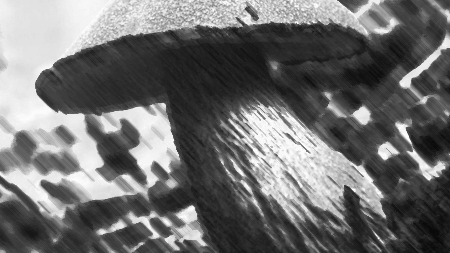-
Services

When Mold Disaster Strikes.
In the early stages, a mold infestation may seem harmless and easy to manage. It might even seem reasonable to tackle it (DIY style) by applying disinfectant, scraping it off, and repainting the affected area. However, consider that by the time you see a large amount of mold growing, it usually means there is a constant supply of moisture to sustain that growth. This could result from a more significant problem that cannot be addressed with normal means.
In addition, property owners leasing to a tenant, (depending on the state and current federal law) may have a legal obligation to disclose and repair the mold damaged properly in accordance with regulation.
Mold is dangerous and conceals itself well in dark damp areas. Embedding itself deep into layers of materials and hides behind walls that otherwise on the surface appear fine. This can require entire portions of a building to be torn out to reach all mold growth effectively and comply with the law. Left untreated, mold can cause structural damage to buildings and poses health risks, including respiratory problems and allergic reactions, especially those who are immunocompromised. Proper remediation involves taking quick action by identifying, removing, and preventing further mold growth with the proper equipment.
DEFCON 1 Restoration Services will quickly assess mold damage in your home, eliminate odors, and mitigate residual water damage. We have remediation teams on standby to extract the infestation and address the root cause of the problem. Our goal is to create a cleaner, safer environment for you and your family. By identifying and resolving moisture issues, we help prevent future mold growth and ensure long-lasting protection for your home.
How Mold Infestation Starts
Even a slight increase in moisture levels over an extended period is enough to trigger mold growth. Once it starts, even a small mold infestation in the basement can quickly spread throughout the rest of the home. Mold can develop in various ways, often due to excess moisture or poor ventilation.
For example, a malfunctioning HVAC system can create high humidity levels, while faulty plumbing may lead to standing water in dark, hidden corners. Once mold takes hold, it can grow rapidly, damaging surfaces and affecting indoor air quality. No matter the cause, addressing mold promptly is essential to maintaining a healthy and safe home environment.